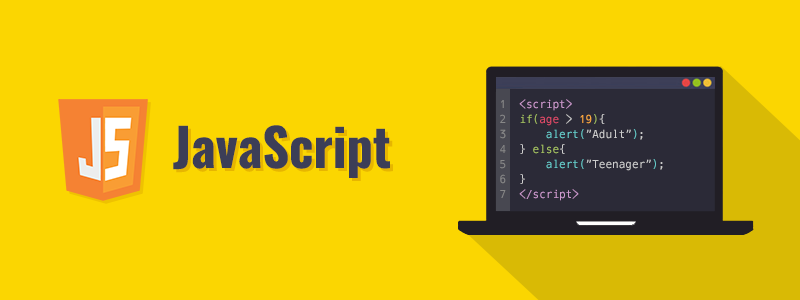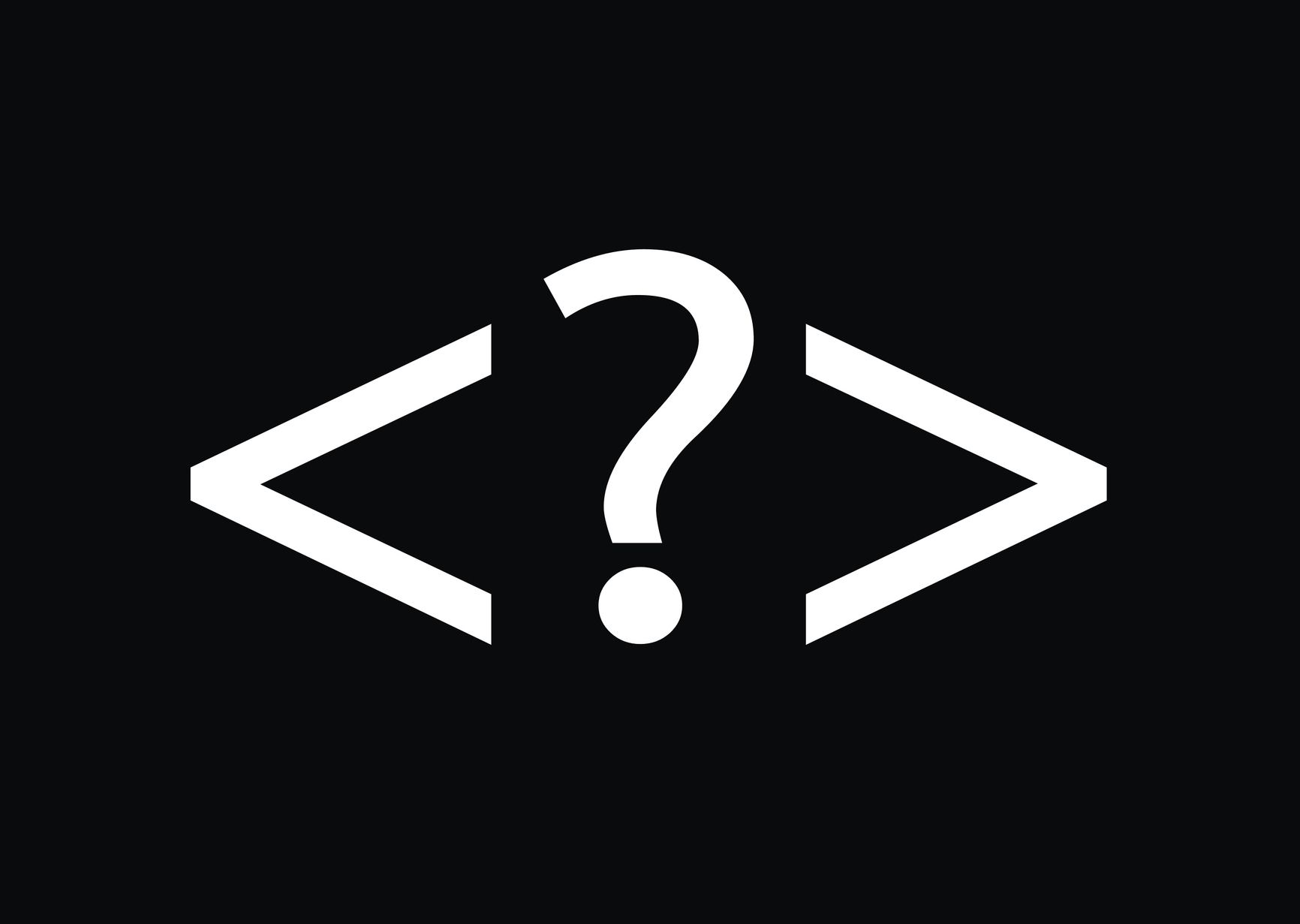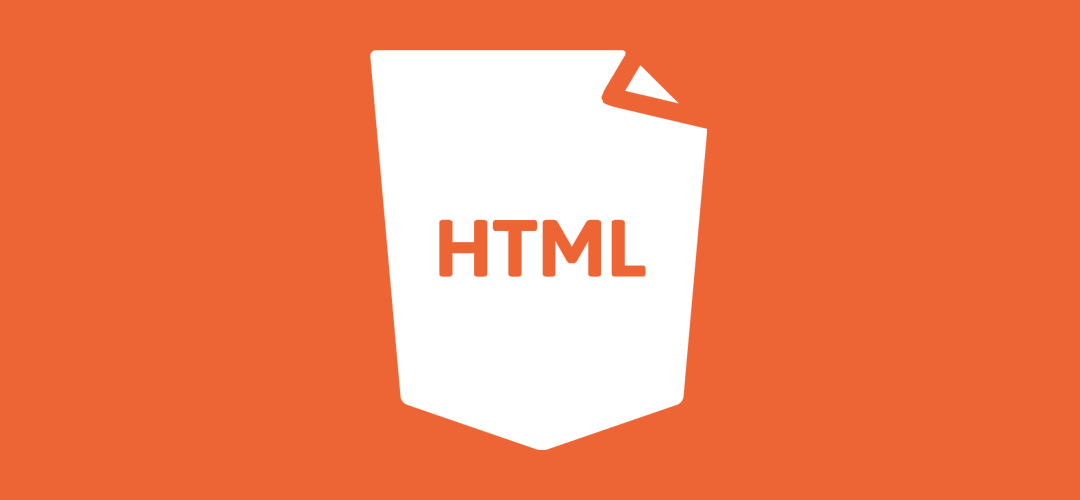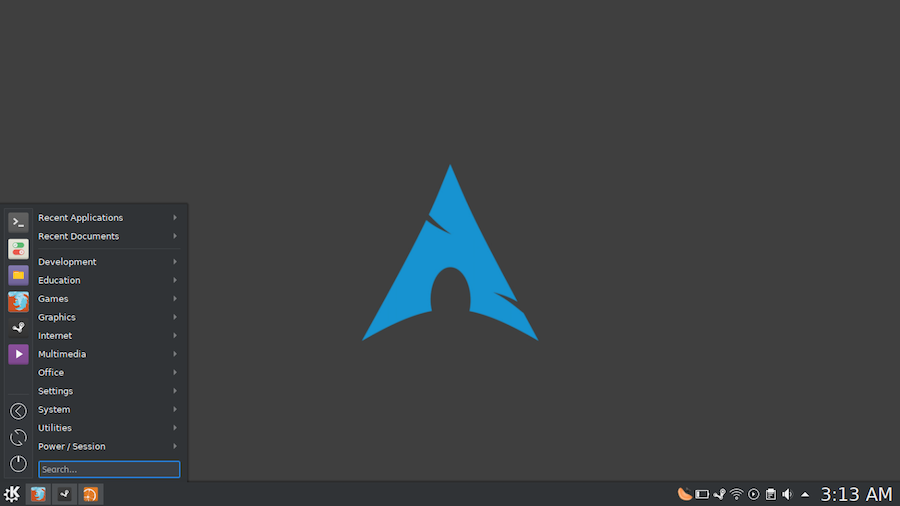
The article gives a simplified picture of what happens when you see a web page in a web browser on your computer or smartphone. This theory is not essential for writing the web code in the short term, but in the long run, you will start to benefit from understanding what is happening in the background. Web-connected computers are called clients and servers. – Customers are the typical...









